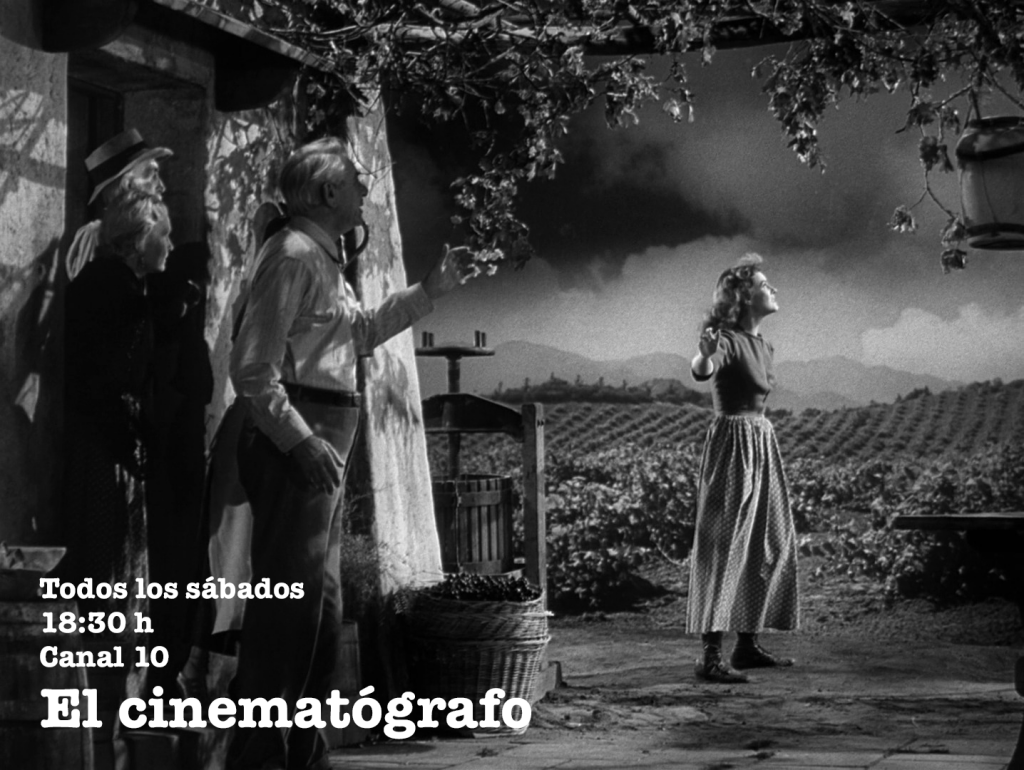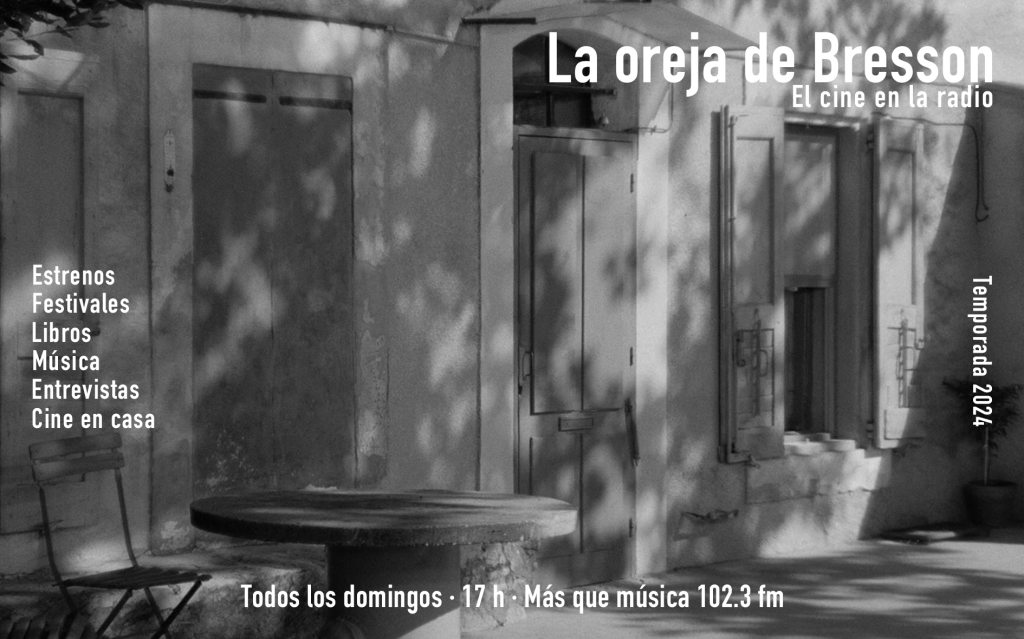
SHORT REVIEWS (15) / MES FICUNAM 2014 (16): BIGGER THAN LIFE
 E Agora? Lembra-me / What Now? Remind me, Joaquim Pinto, Portugal, 2013
E Agora? Lembra-me / What Now? Remind me, Joaquim Pinto, Portugal, 2013
A survivor’s confession trans- posed into cinema, a dialectic and loving treaty on theology and biology (or how Darwin, Saint Austin, and the Gospel of John can coexist in the medita- tions of a sensitive soul), a ra- diography of European politics and its decadence, a great portrait of a family model where dogs go beyond the anthropocentric condition of pets forced to ease the solitude of men, a cinema-lover’s testament featuring most of the glittering figures of modern cinema: Ruiz, Monteiro, Daney, among many other names. And even though it organizes its point of view around the microscopic struggle of the main character against AIDS, this film also presents viruses as legitimate entities within evolution.
The structure of Pinto’s filmic diary revolves around his main character’s trips to Madrid to receive a free interferon treatment, as this forces him to leave his house in the Azores where he lives together with Nuno, his husband. At the beginning, Nuno —who mistrusts words and believes in the Highest— remains off screen, but as the film advances he becomes more of a protagonist, as well as an essential presence.
Pinto records their everyday life and that entails taking care of their land and their dogs, dealing with physical ailments, insomnia, memories, professional duties, house chores, even sexuality. This film is never an exhibitionist one, since this testimony arises from a personal need. From the opening shot of a slug to a dragonfly and even the turkeys seen in the last shot, vitalism is preached as a loving interaction with any living entity. And, also, a necessary relation with death leads Pinto to think about time, about the world that surrounds him, and about whether there is a foundation behind of it all. E agora? Lembra-me is like Francisco de Holanda’s illustrated book: an eternal sign of life’s mystery.
Roger Koza / Copyleft 2014





Últimos Comentarios